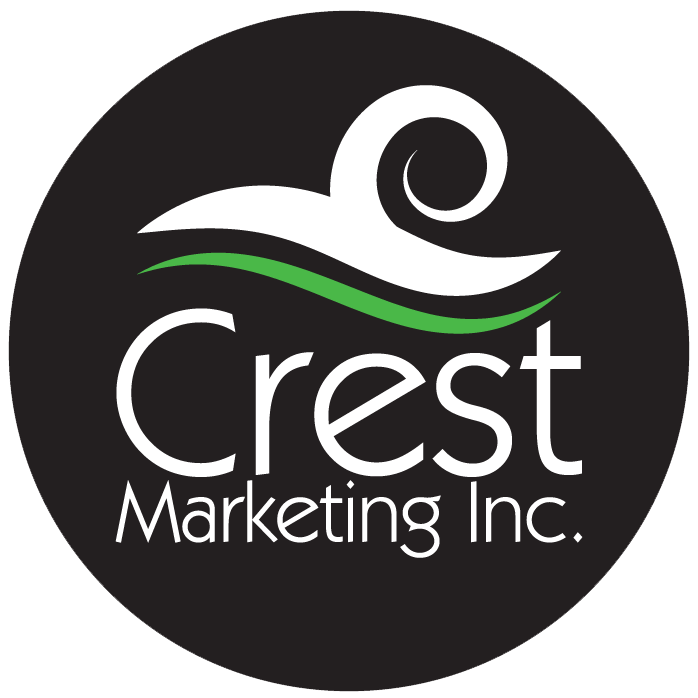
When I started this blog I emphasized the importance of building and maintaining relationships. This applies to for profit and nonprofit businesses and organizations.
So let’s again touch on why it’s so important to establish and maintain these relationships.
For me, for example, I built my business on connections I make every day with people in the community. That’s not to say I only work with local businesses, but that is where I started, and that is how I made my name. Once I started working with a client, a connection was made. That connection led to a loyal following, an established working relationship, referrals from a content client, and more business for me. I enjoy working in my community, for my community, and with the community. And these relationships I’ve established have blossomed and kept me in business for over 20 years.
Not all, but most of my accounts are nonprofits, so I want to focus on them.
For the nonprofit, getting new donors can be expensive. I read somewhere, and I wish I remembered where because I should credit them for the information, that only 23% of first time donors actually give a second time to the particular organization they donated to.
Donors are motivated today, but maybe not tomorrow. And if they contributed to Susan G. Komen for the Cure, they might contribute to the American Cancer Society, the Association of American Cancer Institutes, or St. Jude’s tomorrow. I’m not saying there’s anything wrong with this, because these organizations are all worthy and deserving, but if you, as a nonprofit are set on protecting your organizations interests, then there are a few things you have to do.
Just as a side note, a quick search of cancer organizations based in the U.S. listed 123 names, and they are the more established and well known groups that are limited to national organizations.
Retaining and acquiring new donors in the case of nonprofits is essential, and I like to say that a thank you (in any case), goes a long way, but it’s also important to know and understand your circle.
Think of who your donors are, and how they were motivated to donate.
Who…
Look at your mailing lists, generated from a database created from donations collected. These people are donors you know. Think of your staff and volunteers, these people are already sold on your cause and put every effort into helping your organization succeed. These people are not only your “who,” but they are also your best advocates. Leave it to them (but not entirely) to share what they do and believe in with others. Their very own personal network is a resource worth tapping into. They can also help find ways to spread the word; they’re great advocates, because they’re passionate about what they do.
Next, are subscribers of your cause resulting from social media. Your internet presence, Twitter, Facebook, as well as public announcements. The people who attend events and fundraisers, and like-minded people and organizations. There are many, and I can’t stress enough the importance of keeping a database with names and contact information to keep your support strong, as well as offering every possible opportunity for potential or ongoing donors and volunteers to subscribe to newsletters and announcements of future events, as wells as an opportunity to share your success.
How…
Without donors you can’t survive. Donors need to be reminded of why they donated in the first place. They have to be told there’s still a need, and more importantly you have to show them and tell them that without their gift (no matter how big or how small), the work that is being done could not be accomplished without them – that’s where the thank you comes in.
How you let them know is also important. Study your demographics. For older donors, printed materials usually work best, while for the younger donor, emails and social media seem to work best. However you choose to share the success of everyone’s efforts, may depend on your organization’s specific demographics, but in any case, it is essential to build a stronger network by bringing donors closer to your work and actively investing them in the outcome.
You know the saying: You only have one chance to make a good first impression? Well, every gift should be celebrated, but that first donation or gift is a call to action, to share the passion, to establish a relationship, and lay a solid foundation you can build.
Wishing you every success,



Recent Comments